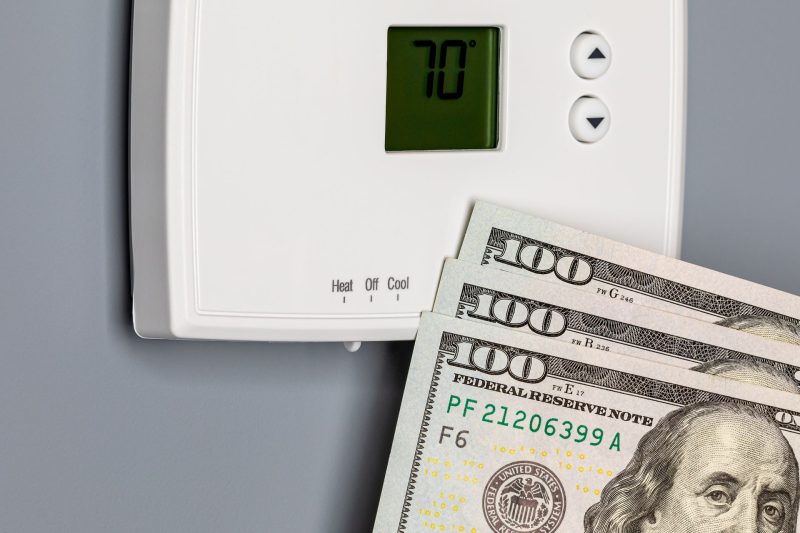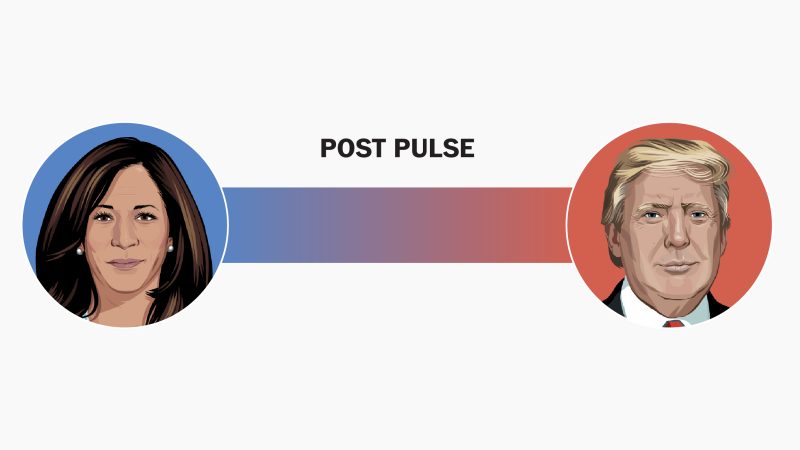What Is APY? Here’s How to Score the Highest Rates

Top view of money banknotes, calculator and wooden blocks written with APY stands for ANNUAL PERCENTAGE YIELD
What is APY? Simply put, annual percentage yield (APY) is the amount of interest earned on a savings account in one year. It takes into account compounding interest — when both your principal balance and any garnered interest earn interest. Since simple interest only pays on the principal, accounts with a high APY can help you accumulate more cash on deposits.
And the longer you keep money in an account with a high APY, the more you’ll earn, which is why long-term CDs are particularly attractive right now. Currently, both high-yield savings accounts and CD accounts are offering exceptionally high APYs, in many cases over 4%.
Here’s what you need to know about APY and how to score the best rates available.
APY and compound interest
Opening an account with compound interest can be an easy way to maximize your savings. If you open a savings account with compound interest, you’ll earn interest on your savings (the principal balance) as well as on any interest you’ve accrued. Depending on the account, interest can be “compounded” daily, monthly, quarterly or annually.
For example, if you put $2,000 into an account that pays 1% annual interest, you’ll earn $20 in interest after a year. The next year, thanks to compound interest, you’d earn on both the principal (your initial $2,000) and on the interest. That comes out to 1% on $2,020, which would give you $2,040.
Try our savings calculator to determine how much you’ll save over time.
Opening a top-earning account
APY is a key factor to consider when deciding where to deposit your savings. Both high-yield savings accounts and CDs usually offer higher APYs than traditional savings accounts, making them attractive savings vehicles for individuals looking for a fixed, predictable rate of return on their savings.
To score the highest rates possible, you’ll need to compare several other factors besides APY between accounts, including minimum opening deposits and monthly fees. If you’re opening a CD account, you’ll need to carefully choose a maturity date that works for you financially.
Here’s an example of how much you’d earn over time, depending on changes in your account’s APY. If you invested $1,000 five years ago, here’s what you’d have now.
APY: 5.00%
Total interest earned: $276.28
Total balance: $1,276.28
APY: 4.50%
Total interest earned: $246.18
Total balance: $1,246.18
APY: 4.00%
Total interest earned: $216.65
Total balance: $1,216.65
Use our tools below to compare rates across high-yield savings accounts and CDs.
Variable vs. fixed APY
The APY of an account can either be fixed or variable. Variable APYs fluctuate with the market and are usually associated with savings and checking accounts. On the other hand, savings rates on accounts with fixed APYs won’t fluctuate. CD accounts have fixed APYs, so rates remain the same until the CD matures.
APY vs. APR
APY and APR can be thought of as opposites. APY is the rate earned on deposits if interest is compounded. APR, or annual percentage rate, is the annual cost you’ll pay to borrow money and does not take into account the compounding of interest.
APY example
You can calculate the APY on an account by using the following formula: APY = (1 + r/n)ⁿ – 1, where r= interest rate and n= the number of times the interest is compounded per year. So, if you deposited $100 for one year at 5% interest compounded quarterly, the APY would be (1 + .05/4) * 4 – 1 = .05095 = 5.095%. At the end of the year, you’d have $105.09…
Or, for an easier way to calculate how much you’ll earn, try our savings calculator.







